Aeoniums, also known as Tree Houseleeks, are striking succulents that belong to the Crassulaceae family. Native to the Canary Islands, Cape Verde Islands, Madeira, and parts of Northern Africa, these perennial plants are well-loved for their fleshy, vibrant leaves arranged in distinct rosette shapes.
Renowned for their versatility, aeoniums thrive in areas with mild climates and minimal frost. They are equally suited for indoor cultivation, flourishing in sunny windows with consistently warm temperatures. Their unique texture and form make them a stunning addition to both indoor and outdoor garden displays, offering a blend of beauty and resilience.
This guide will help you understand how to grow and care for aeoniums, ensuring they become a standout feature in your garden or home.
| Common name | Aeonium, Tree Houseleek |
| Botanical name | Aeonium |
| Family | Crassulaceae |
| Origin | Canary Islands, Cape Verde Islands, Madeira, Northern Africa |
| Life cycle | Perennial |
| Plant type | Herbaceous Perennial |
| Hardiness zone | 9, 10, 11 |
| Sunlight | Full Sun |
| Soil condition | Sand |
| Drainage | Well-Drained |
| Spacing | Less than 12 in. |
| Height | 3 in. – 3 ft. |
| Flower color | Gold, Yellow |
| Leaf color | Gold, Yellow |
| Leaf benefit | Showy |
| Uses | Coastal |
I. Appearance and Characteristics
Aeonium, the tree houseleeks, is a genus of about 35 species of succulent, subtropical plants of the family Crassulaceae. Many species are popular in horticulture. The genus name comes from the ancient Greek αἰώνιος / aiōnios (ageless). While most of them are native to the Canary Islands, some are found in Madeira, Cape Verde, Morocco, in East Africa (Ethiopia, Somalia, Uganda, Tanzania and Kenya) and Yemen.

The succulent leaves are typically arranged on a basal stem, in a dense, spreading rosette. A feature which distinguishes this genus from many of its relatives is the manner in which the flowers bear free petals, and are divided into 6 or 12 sections. Each rosette produces a central inflorescence only once, and then dies back (though it will usually branch or offset to produce ensuing rosettes).
Low-growing Aeonium species are A. tabuliforme and A. smithii; large species include A. arboreum and A. valverdense. They are related to the genera Sempervivum, Aichryson and Monanthes, as can be seen by their similar flower and inflorescences. Recently, the genus Greenovia has been placed within Aeonium.
II. How to Grow and Care
Sunlight
As with most succulents, aeonium plants will grow best in full or partial sunlight. In hot summers and desert conditions, light shade may be necessary, especially during the hotter afternoon hours. If you’re growing the plant indoors, place them in a window that gets bright, indirect light for at least six to eight hours a day. If you begin to notice white or brown marks on the tips of their leaves, that’s a good sign that your aeonium plants are getting too much direct light and should be relocated.

Temperature and Humidity
These plants prefer a Mediterranean-like climate—not too hot, not too cold, and not too dry. Most aeonium varieties are only hardy in USDA zones 9 to 11 which means, in many places, they will primarily be grown indoors. Growing aeoniums in moist and shaded soil will keep them growing in high heat, but their true growth season is late winter through spring, when temperatures are cool (65 to 75 degrees Fahrenheit) and damp.
Watering
When planted outdoors, aeonium plants should get all the water they need from rainfall. Indoors, you should allow the soil to dry out to at least an inch or two before soaking at the base of the plant.
When grown outdoors, the plant will typically go dormant in the peak of summer and winter, during which time you can restrict watering significantly, only providing moisture when you notice the leaves beginning to shrivel. Though these plants do like more moisture than many other succulents, too much moisture or allowing them to sit in wet soil will cause root rot.
Soil
Whether you’re growing your succulents indoors or outdoors, you should look to plant them in sandy loam or a regular potting mix that has been amended with perlite. Avoid placing them in a mixture that’s designated for succulents and cacti, since aeoniums need more moisture than this combination typically provides.
If you’re looking to grow your aeonium plants in a traditional garden bed that has dense soil, you should amend the mixture with peat moss to improve its porosity.
Fertilizing

For the best results, you can feed your aeonium plants during their growing season with a half-strength balanced fertilizer. The frequency with which you fertilize your aeoniums will depend on their maturity and the nutritional density of your soil—young plants may benefit from monthly applications, while older plants can thrive off of a single feeding in the spring. Always fertilize the plants at soil level and avoid getting too much on their leaves. Do not feed while they’re dormant.
Propagation
Propagating aeonium results in a number of plants from just one cutting because of the way the plant branches, so it’s a good way to multiply your collection. Like many succulents, aeoniums are very easy to propagate from cuttings—even stem pieces that fall off the plant may readily take root in the surrounding soil. Propagating aeoniums should be done in the spring when the plant is in the thick of its growing season. Here’s how to propagate aeonium from cuttings:
- Using a very sharp, clean cutting tool, cut off a younger stem piece containing a leaf rosette. Place the cutting on its side in a dry, warm, and shady spot for about three days to allow the cut end to heal. (The callus is important because it will prevent root rot once the cutting is planted.)
- Fill a small pot with a mixture of half potting soil and half cactus or succulent potting mix. Place the severed, callused end of the cutting into the potting mix, just deep enough to hold it upright. Place the pot in bright indirect light and water it lightly once each week. Make sure to choose a pot with ample drainage at the base to avoid rot.
- Once the plant has developed strong roots, allow the top 2 inches of soil to dry out before watering. Repot into a larger container as needed.
Potting and Repotting
Aeoniums are great for growing in containers because they need so little soil. Containers also give you an up-close look at their unique features so you can have better control over their growing conditions. When potting your aeonium, look for a container that boasts ample drainage holes at its base, which will help you avoid soggy soil, standing water, and root rot. A container made of a moisture-wicking material, like terracotta or clay, can also be an effective way to maintain the right soil moisture.
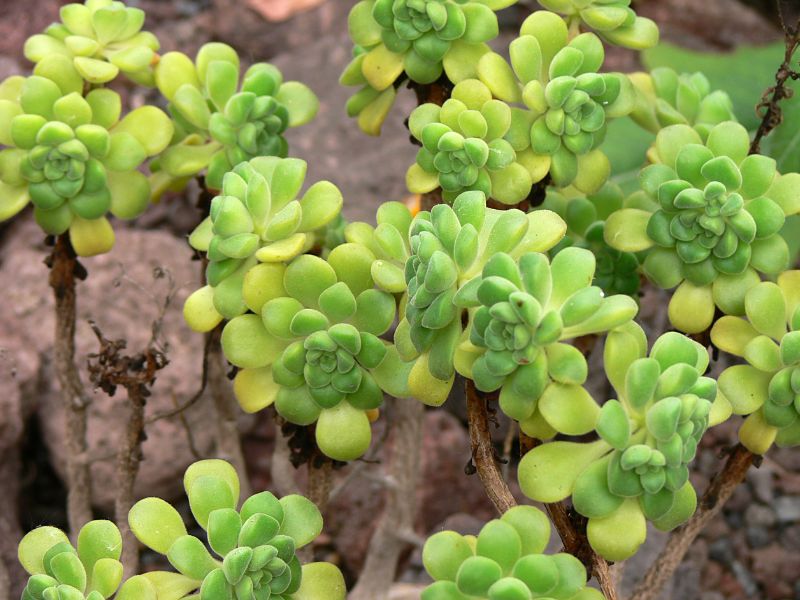
Look to pot (or repot) your aeonium during the spring months, when the plants are in their active growing period. You should refresh the soil annually, either by topping off your existing container or potting up the plant if it has outgrown its current vessel. Signs your aeonium has gotten too large for its container include slowed growth, the soil is drying out too quickly, or the roots are coming out of the base. Generally, most varieties will be ready for a new pot every two to three years.
Pests and Diseases
Common Pests
Aeoniums attract the typical aphids, mealybugs, mites, and scale.2 However, there’s another insect you should be on the lookout for—ants. Aphids and mealybugs secrete sugary substances that attract the ants to succulents. It’s not easy getting rid of ants from succulents with tight buds or rosette leaves. Your best chance is to put ant bait next to the plants to draw them out. After the ants are gone, then you concentrate on eliminating the other pests. Treat the plant with a spray of water or mild insecticidal soap to remove these insects.
Common Problems
This succulent is simultaneously easy and tricky to care for because some of its normal behavior can make you think the plant is dying. Here are a few tips when caring for aeoniums.
Plant Leaves Falling Off
It’s completely normal for the bottom leaves of the rosette to shed. The rosette may close up a bit, too. Even if the plant looks like it’s dying, it’s likely going through its dormant stage, which takes place during winter and summer (especially if grown outdoors). There is nothing required of you to “treat” this issue—simply leave the plant alone to rest and do not try to help it.
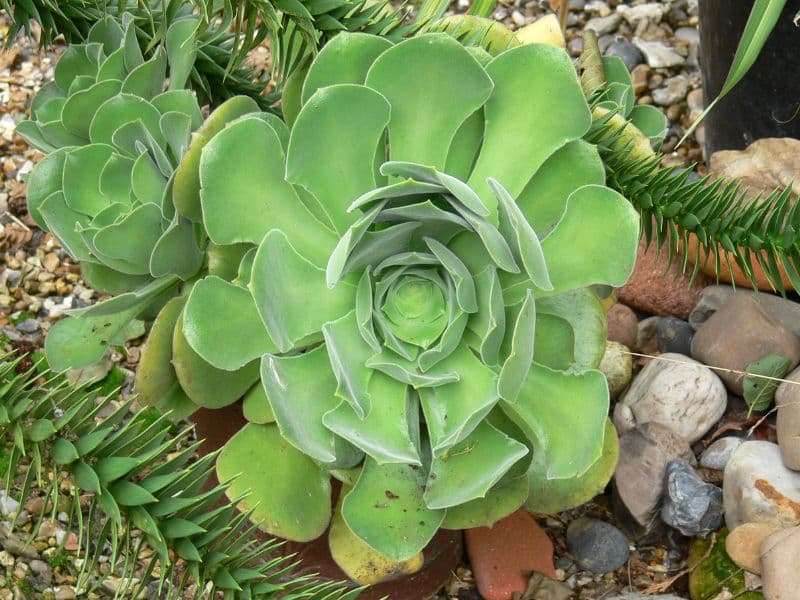
However, if you are noticing leaves falling from your plant during an unexpected time, it could be a sign that the succulent is stressed. You can tell the subtle difference if the plant is stressed or not by noticing if the rosette is closing up or curling along with leaf shedding. If you think that’s the case, give the plant a drink of water and see if the rosettes open up a bit and uncurl, though the leaves may continue to shed.
Browning Leaves
If the plant is getting too much sunlight, the leaves will become sunburned and may appear white or brown at the edges. Unfortunately, there is no reversing this damage. You can simply remove the scorched leaves or wait for them to naturally fall off, and move the plant to a spot with slightly less direct sunlight.
Dying Mother Branch
If you have a branching aeonium with the main mother plant that has flowered, the branch will appear to be dying. It is dying, but you can save the plant by using a sharp, clean cutting tool to cut off the head where the rosette and flowers already bloomed. It may not look very pretty at first, but the branch should have babies (shoots) on it that will continue to grow and eventually flower.
III. Uses and Benefits
Consider growing aeoniums as part of a cactus or succulent display. They do well in shallow pots with a mixture of cactus soil and peat. You can combine them with other plants such as aloe, agave, or jade plants. Place a thin layer of inorganic mulch such as ornamental rock around the plants and place in a sunny, warm location.
For outdoor use, place them along sunny borders or in rockeries. In temperate or cooler zones, frost may kill the foliage and the rosette will fall off. If the plant is mulched it will grow anew in spring.
IV. Types of Aeonium

- Aeonium arboreum: This widely available plant has bright green rosettes on a branching stem. It has a shrubby form and can grow as tall as 6 feet in the garden, or 3 feet in containers.
- Aeonium arboreum ‘Atropurpureum’: This 3- to 5-foot tall cultivar has maroon leaves if grown in bright light.
- Aeonium arboreum ‘Zwartkop’ or ‘Black Rose’: This cultivar has very dark, deep burgundy or almost black leaves. It, too, is a fairly large plant.
- Aeonium ‘Garnet’: A hybrid cross of A. ‘Zwarkop’ and A. tabuliforme, this variety’s leaves are green toward the middle and tipped with dark red.
- Aeonium davidbramwelli ‘Sunburst’: This variety is a shorter, 1- to 2-foot tall plant but has rosettes up to 1 foot across with pale yellow, white and green stripes, and pink tips.
- Aeonium haworthii ‘Tricolor’ or ‘Kiwi’: An easy growing 2- to 3-foot plant, it has 4-inch flowers that have pale yellow centers when young, maturing to red and green.
Find Where to Buy the Best Tree Houseleek (Aeonium)


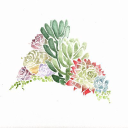


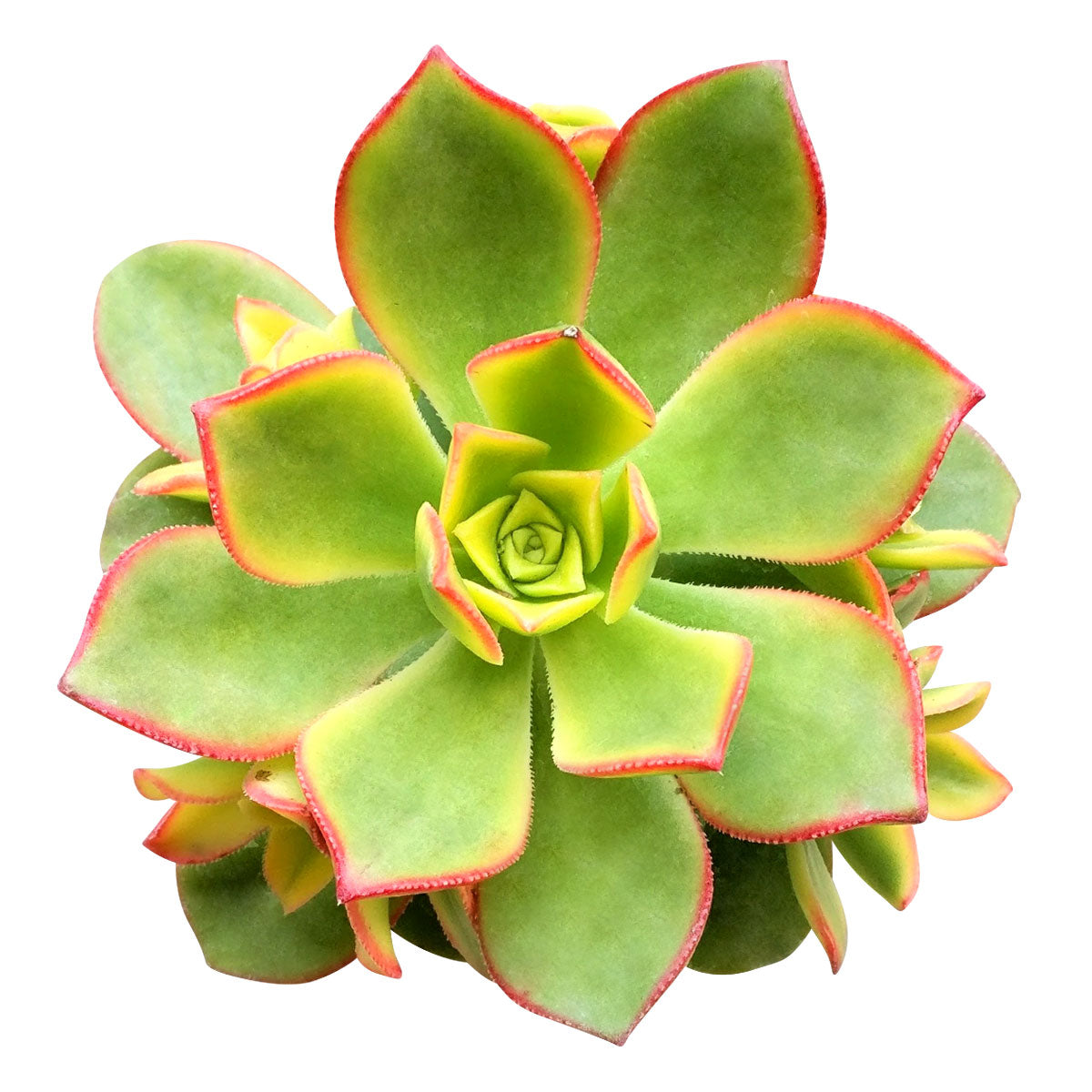
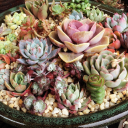
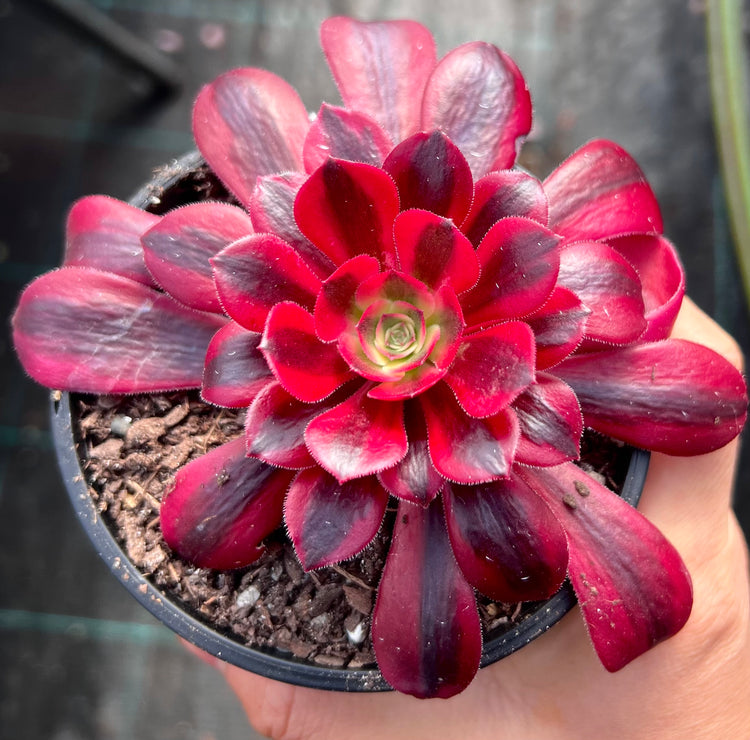



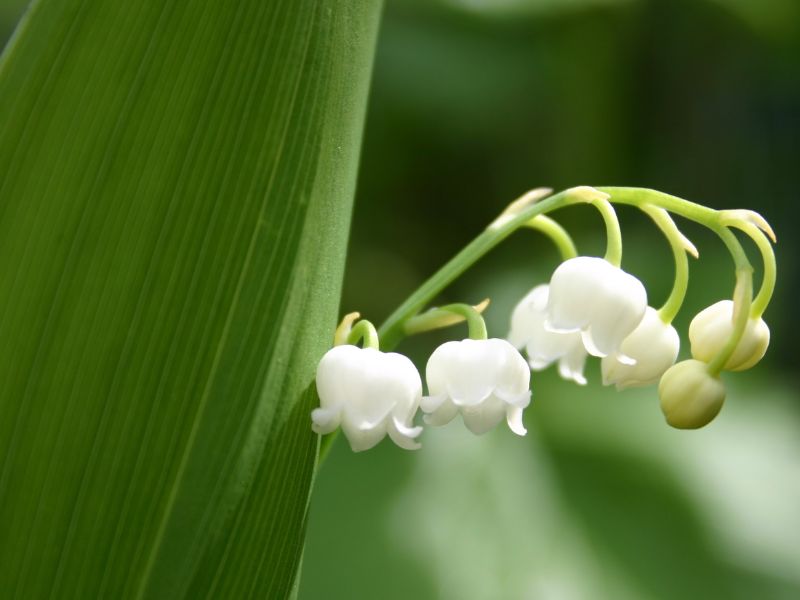
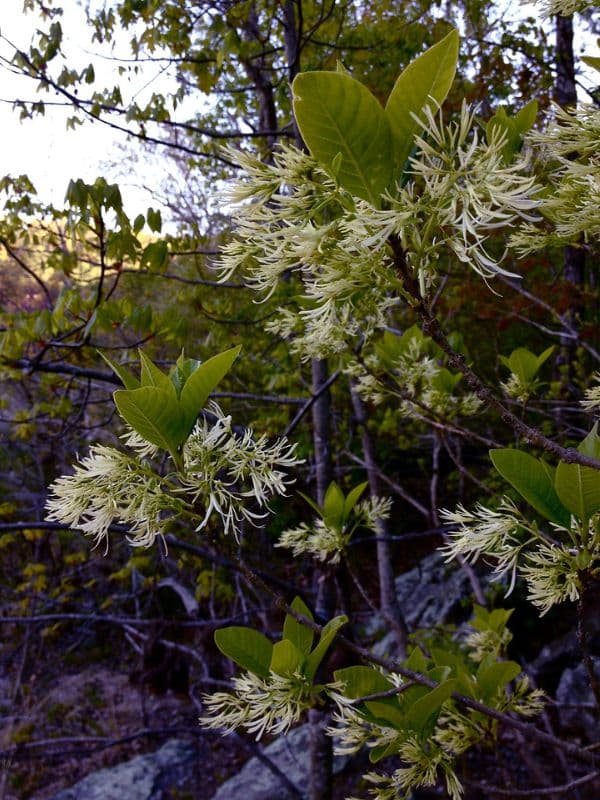
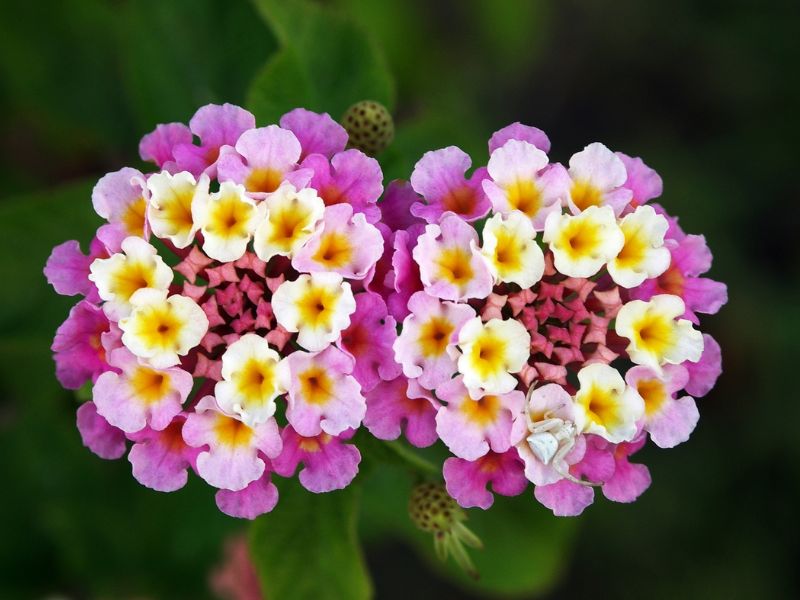
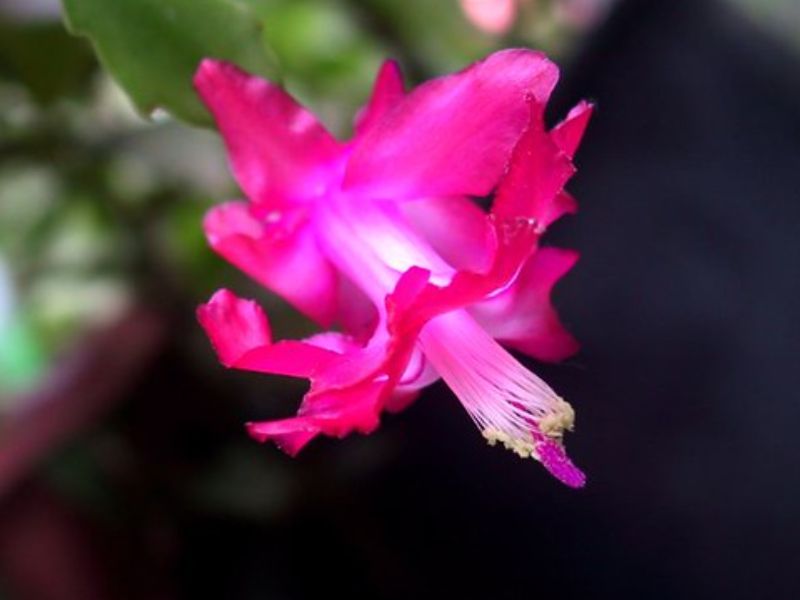
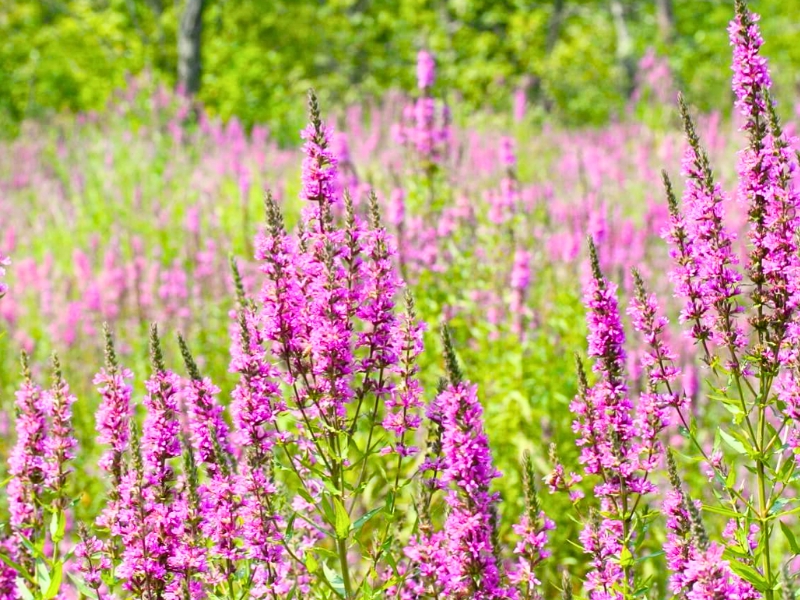
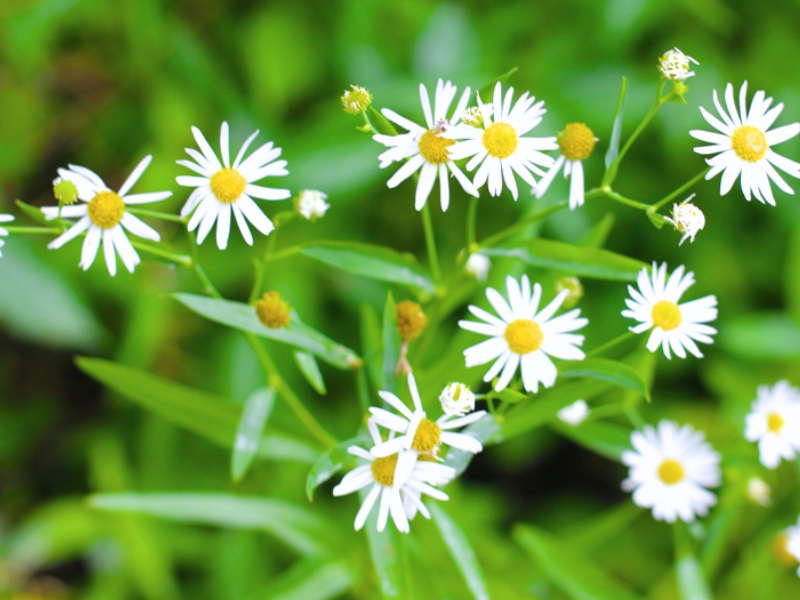
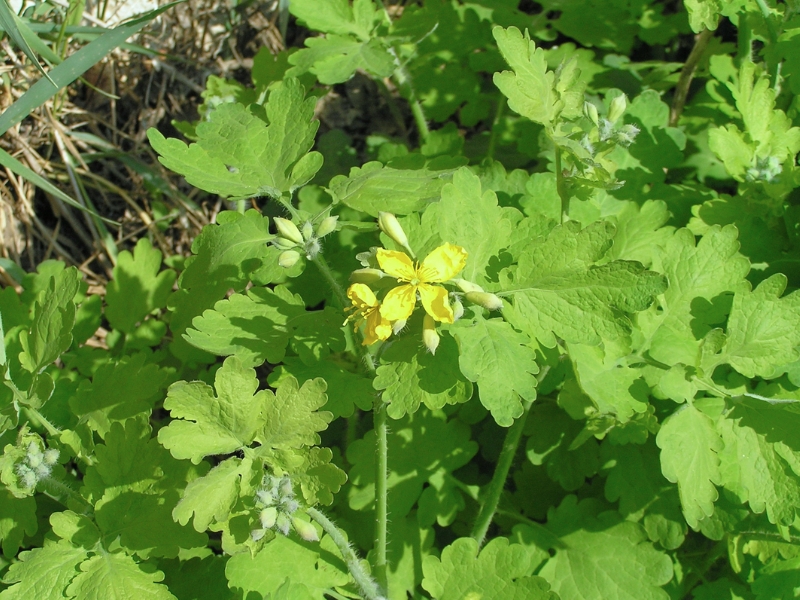
Leave a Reply